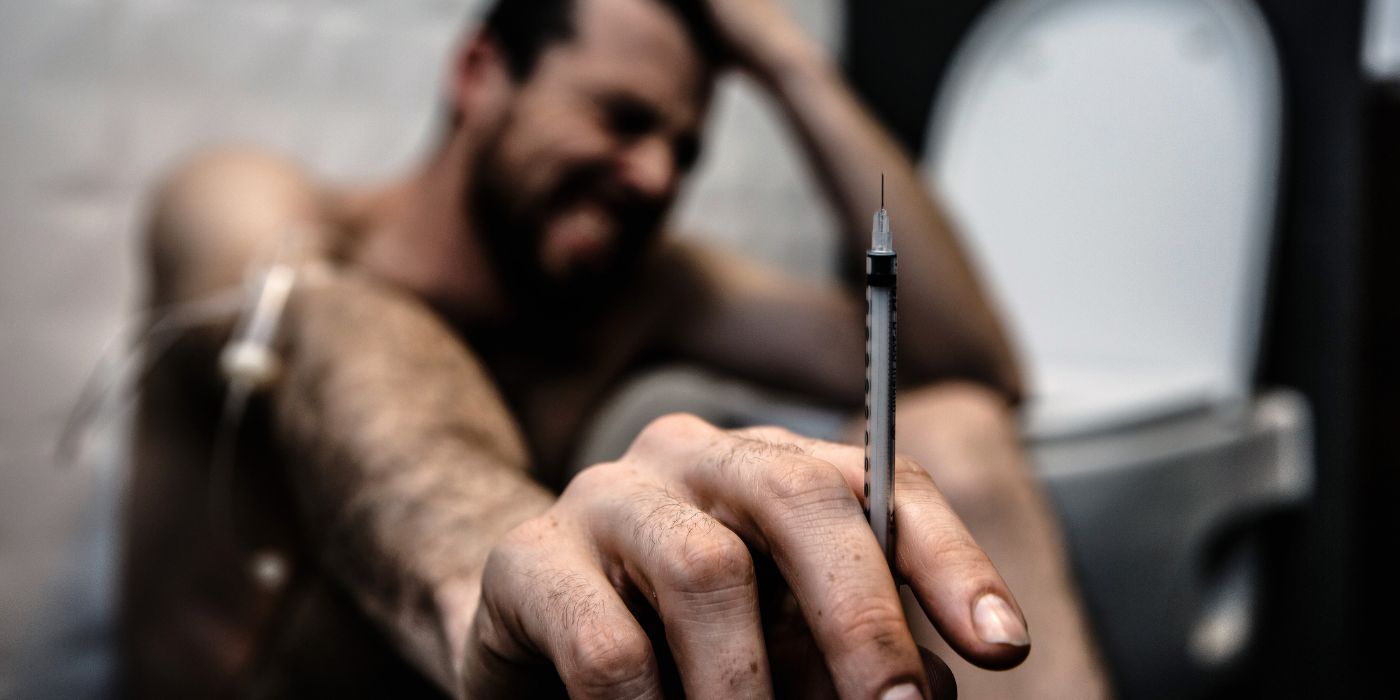What Percent of Meth Addicts Recover?
Meth addiction is scary and hard. Many people ask: “What percent of meth addicts recover?” The truth is, recovery is possible with help, time, and the right treatment.
Methamphetamine (also called meth or crystal meth) is a strong stimulant drug. It changes how the brain works. People often feel very happy or full of energy after using it. But it’s very harmful.
Let’s look at how many people recover, why meth is dangerous, and how treatment helps.

What Is Methamphetamine?
Methamphetamine is a powerful drug that affects the central nervous system. It causes a rush of dopamine, the brain’s “feel good” neurotransmitter.
That feeling makes people want to use it again and again. But the more someone uses meth, the more their brain and behavior change. This leads to addiction.
Why Is Meth Addictive?
Meth gives a strong feeling of pleasure. It floods the brain with dopamine. But over time, meth use damages the brain’s neurons.
People may stop feeling pleasure from normal things like food or hugs. This is called anhedonia.
The motivation to feel good again drives more drug use. That’s why meth is so hard to quit.
How Meth Affects the Body and Mind
Meth doesn’t just hurt the brain. It affects the whole nervous system and body.
-
Raises heart rate
-
Causes weight loss
-
Triggers anxiety and mood swings
-
Can cause memory loss
-
Damages organs like the liver
It can also lead to serious mental health problems.

The Link Between Meth and Mental Health
Many people who use meth also struggle with mental health conditions like depression, anxiety, or dual diagnosis (which means having both a mental illness and substance use problem).
Meth can make these problems worse. It can even lead to psychosis, where someone sees or hears things that aren’t real.
That’s why treating both addiction and mental health is key to recovery.
What Percent of Meth Addicts Recover?
Research shows about 39% to 60% of meth users who enter treatment can stay clean at least a year. But long-term sobriety depends on many things:
-
Type of treatment
-
Support system
-
How long they used meth
-
Other health or mental health issues
While it may seem like a low number, it shows recovery is real. Many people get better with help.
Why Relapse Happens
A relapse is when someone starts using meth again after trying to quit. It doesn’t mean failure. It’s a sign that the person needs more support.
Triggers for relapse can include:
-
Stress
-
Anxiety
-
Hanging out with old friends who use drugs
-
Trouble coping with daily life
Relapse is part of the recovery journey for many. What matters is getting back on track.
Treatment That Works
Behavioral Therapy
Contingency management is a therapy that rewards people for staying off meth. It helps them build healthy habits.
Cognitive-behavioral therapy (CBT) teaches people how to deal with cravings, stress, and coping skills.
Medication for Meth Addiction
There is no magic pill, but some medications show promise:
-
Bupropion – used for depression, may help reduce meth cravings.
-
Naltrexone – often used for alcohol or opioid use disorder, may lower meth use when combined with bupropion.
This is called pharmacotherapy. Scientists are still studying its efficacy (how well it works).
Whole-Person Treatment
Good treatment looks at the whole person, not just the addiction. This includes:
-
Mental health treatment
-
Medical care
-
Nutrition and sleep
-
Support from family or support groups
Places like Recovery Village offer programs that treat both substance abuse and mental health.
Support Groups That Help
Peer support helps many stay in recovery. Some helpful groups include:
-
Crystal Meth Anonymous (CMA) – A 12-step group just for meth users
-
SMART Recovery – Focuses on science-based tools
-
Dual Recovery Anonymous – Helps those with both addiction and mental illness
These groups offer a safe place to share and grow.
What About the Brain? Can It Heal?
Yes, the brain can start to heal after quitting meth. But it takes time.
-
Dopamine levels begin to rise after abstinence
-
Memory and thinking improve slowly
-
Mood gets better with support and medication
Everyone heals at their own pace.
Long-Term Health Risks of Meth
Using meth can cause other health problems too:
-
Hepatitis B and C – from sharing needles
-
Tooth decay (“meth mouth”)
-
Skin sores
-
Weakened immune system
Good treatment also checks for hepatitis and other diseases to keep patients safe.
Meth Addiction Is a Disease
Addiction is not a choice. It is a disease that affects the brain. But like other diseases, it can be treated.
With the right help, people can go from abuse to sobriety and live full lives.
Staying in Recovery
Recovery is a journey, not a quick fix. Some tips that help:
-
Stay in a treatment program
-
Join a support group
-
See a psychiatry or mental health professional
-
Find new hobbies and ways to feel pleasure
-
Avoid people and places tied to past drug use
Over time, the brain and body can get stronger. So can your will to stay clean.
Real Stories of Hope
Thousands of people recover from meth every year. Some go to inpatient centers like Mountain Sky Recovery. Others get help through outpatient programs or support groups.
What they all have in common is motivation to change and the right support.

Seeking Treatment? We Can Help!
We work with PPO Out of Network Health Insurance Policies
If you or a loved one are struggling with mental health challenges or substance abuse, reach out to Mountain Sky Recovery today. Our team of compassionate professionals is here to support your journey towards lasting well-being. Give us a call at 951-498-5412. Visit SAMHSA for more information.



